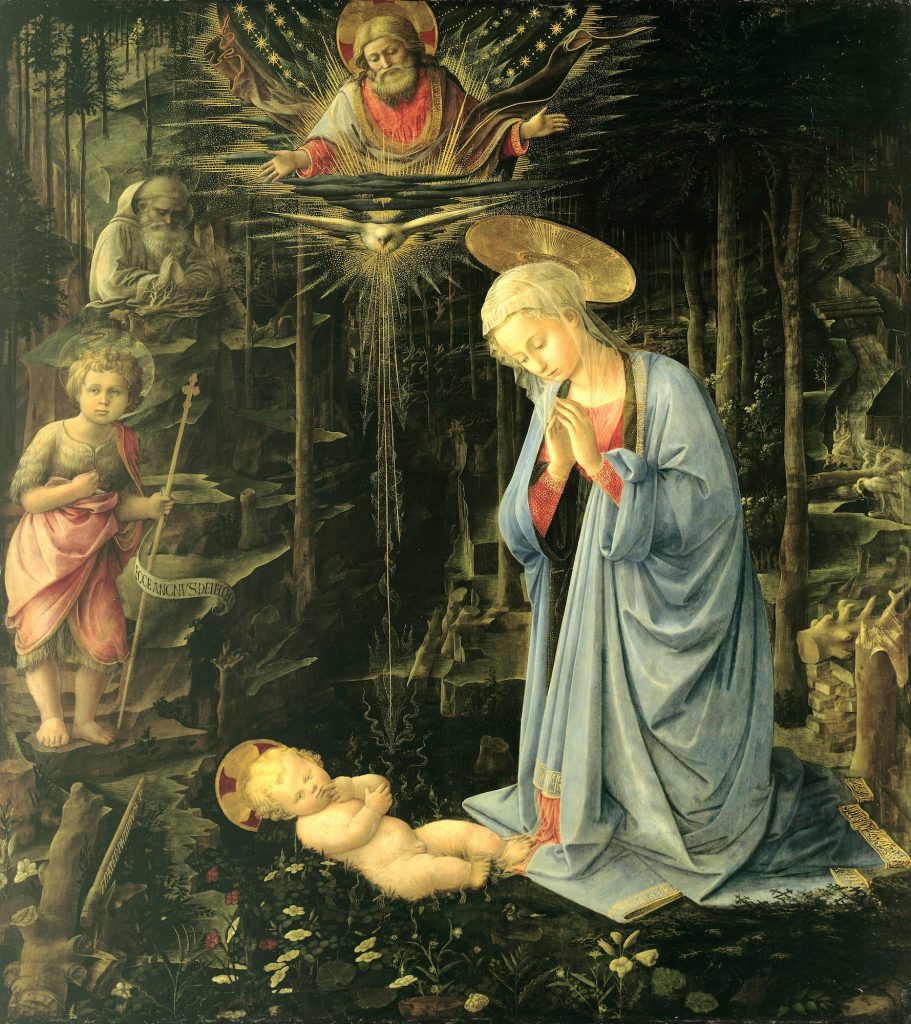

The Index of Medieval Art is pleased to launch a new series of blog posts that delve into the history of the organization through interviews with senior scholars in the field of art history. The “Guest Book Series” takes its name from the Index guest books, which have been signed by scores of art historians who have consulted the Index files over the past century. We’ve enjoyed reading their recollections, and warmly thank our interviewees for their time and responses.
Please tell us a little about yourself and your work. Where did you study? What inspired you to become a medievalist?
I’m not a medievalist but my work in Renaissance iconography has always depended on research material from earlier times. I had my first course in art history as a senior in high school, Mary Institute, St. Louis, 1942–1943. I majored art history at Washington University, St. Louis, receiving my M.A. (1949) under H.W. Janson, and did graduate work at the Institute of Fine Art, NYU, with Erwin Panofsky and others. I received my PhD on the basis of three related published articles in 1973.
When was your first visit to the Index in Princeton? Where was the Index located then? With whom did you work there? Do you remember anything especially interesting about your visit?
My first visit to the Index was in 1950. For a seminar with Panofsky, I was investigating the sudden appearance of the Infant St. John the Baptist in the Florentine early fifteenth century. The Index was in McCormick Hall. I met Rosalie B. Green and worked with her and Isa Ragusa. I also, by chance, met Professor Morey on that visit. I quickly found that the arrangement of the Index card catalog did not offer simple searching under the Baptist’s name. Learning the biblical structure of the index then helped me broaden the conceptual basis of my project and enriched my results.

In my years of working in the Biblioteca Apostolica Vaticana, it was always reassuring to know that the copy of the Index was there for consultation. In the 1980s, when I was a member of the Getty AHIP team, the precedence of the Index was a motivating factor in creating new computer tools for art historical research.
Have you made any great iconographic discoveries related to your research using the Index? Have you used the Index for teaching as well as for research?
I am told that my article on the iconography of the Infant St. John, published in 1955 in The Art Bulletin remains useful up to the present day.

Do you have any observations about the evolution of the Index files and database? Where do you think Index work should go next?
With the appointment of Pamela Patton, the Index has finally hit its stride. Along with its change of name, broadened constituency, and superb technical improvements, the Index is fast becoming a major research center. It seems to me obvious that these advances indicate that the direction The Index of Medieval Art is going is the right one.